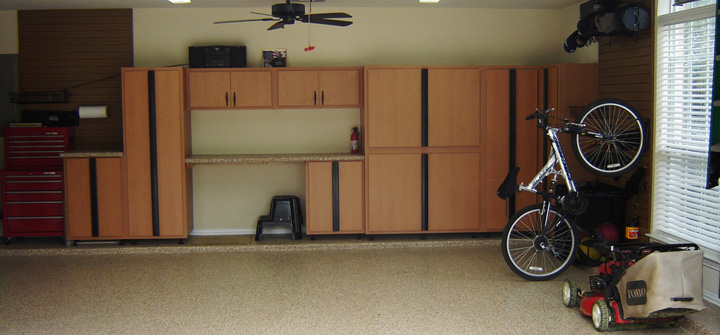

Building blinky under Windowsįirst of all, we have to install MDK5 from Keil and the nRF5x_MDK_8_24_1_Keil4_NordicLicense from nRF5 SDK. The examples from pca10028 could also work, since it has the same specs (nrf51822_xxAA), but may need changes to the pin-out in the pca10028.h header file to depict the Core51822. Both of these devices support the 2-pin SWD interface, that we can use with BLE400.Ĭore51822 is compatible with the PCA10001 evaluation kit from Nordic, so we will be using the blinky example of that board from the nRF51 SDK. Same thing can be done using a Raspberry Pi. There are lots of guides that describe how to use a J-Link debugger/programmer with BLE400 and Keil uVision, which seems to be the default setup, but I wanted to make use of what I had at hand, a Bus Pirate. This guide aims to help in building a basic program (blinky) for the nRF51822 SoC (ARM Cortex-M0) and flashing/programming it, using OpenOCD.Īlthough there is a mini USB connector on the BLE400, it can’t be used to flash the device since there is no debugger on the board (the on-board CP2102 is a UART to USB chip, not a debugger), so you need an external one in order to flash the nRF51822. It costs around $13, with the BTLE module included.
#UVISION KEIL 5 HOW TO MAKEFILE BLUETOOTH#
Note that the properties reflect the Keil-specific flags (e.g.BLE400 is a motherboard (development/evaluation kit) for the Core51822 ( nRF51822) Bluetooth LE module (SoC).

If the Keil compilers don’t appear in the toolchain list, double-check the Keil installation path in registry (HKEY_LOCAL_MACHINE\SOFTWARE\WOW6432Node\Keil\Products\MDK\Path). Note that VisualGDB supports both the classic ARMCC compiler (V5) and the newer Clang-based compiler (V6): Select your Keil toolchain on the Device Selection page.Select “Create a new project” -> “MSBuild”: VisualGDB can also create GNU Make-based projects using the Keil compiler, however the MSBuild-based projects provide better GUI integration and build faster.Open Visual Studio and begin creating a new Embedded VisualGDB project:.

Starting from VisualGDB 5.4 Preview 10, the Keil compiler is fully supported on par with the GCC compiler, so you can use the regular VisualGDB GUI to create your projects and manage their settings. This tutorial shows how to use VisualGDB to create, build and debug an MSBuild-based project using the Keil MDK-ARM compiler.


 0 kommentar(er)
0 kommentar(er)
